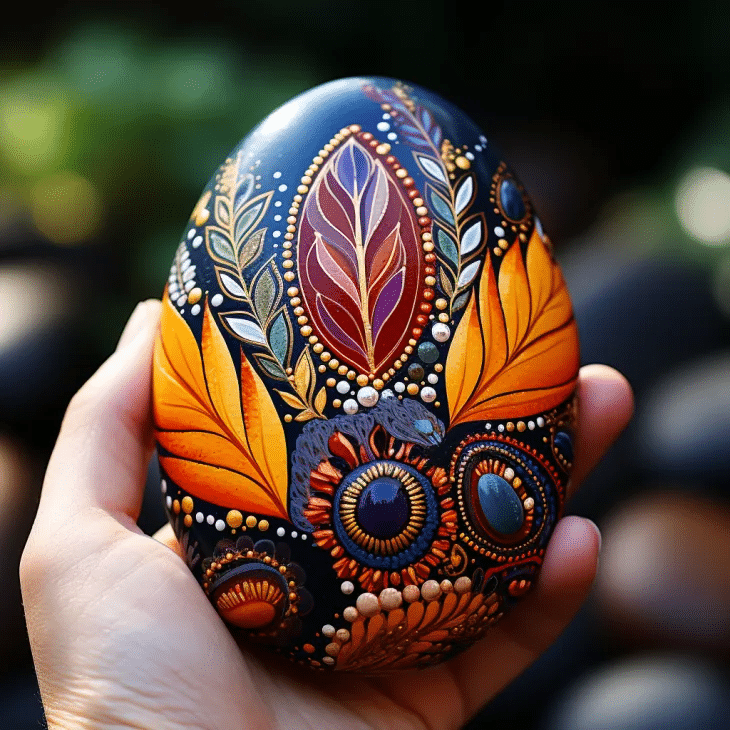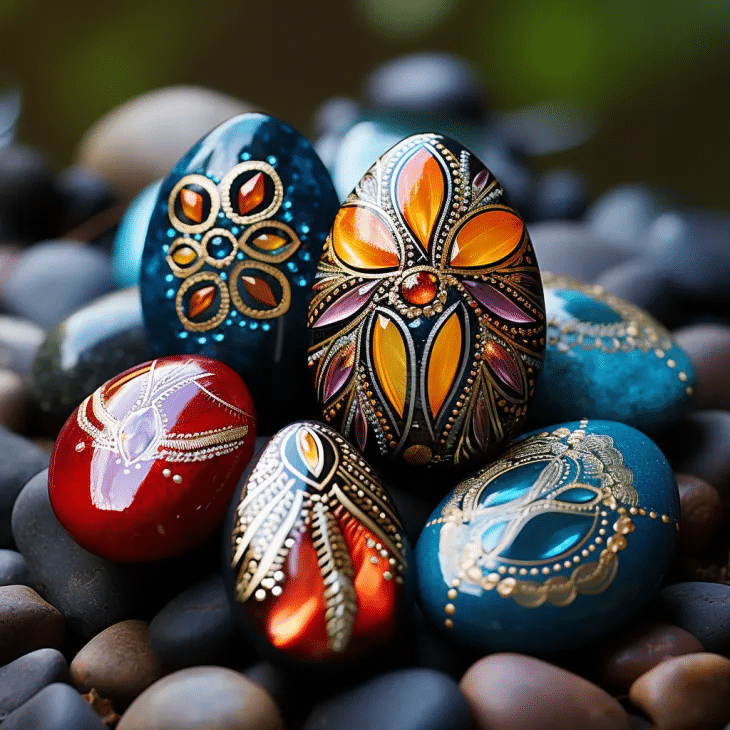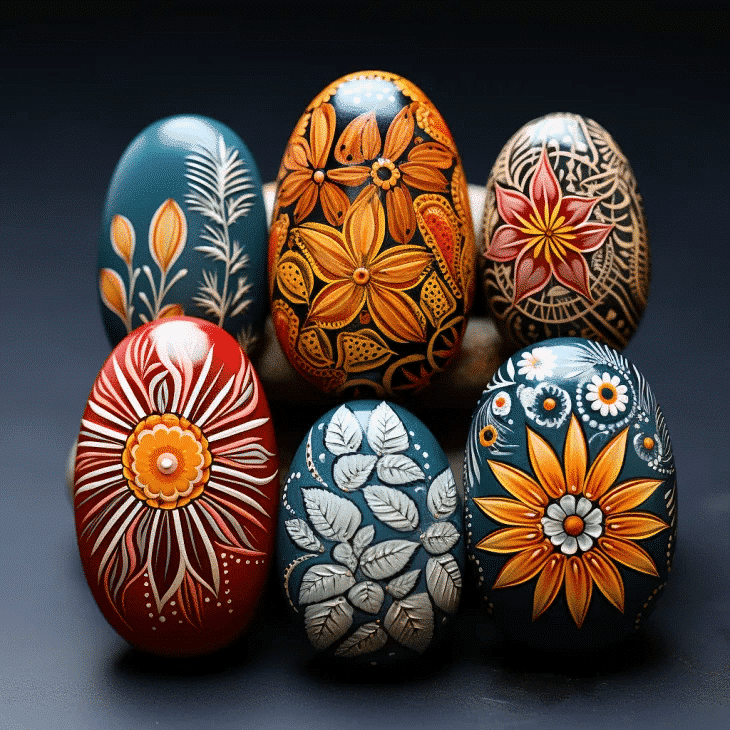A Deep Dive into Creation, Significance, and Rituals
In the hustle and bustle of our fast-paced lives, finding moments of peace and introspection is a treasure. One exquisite way to achieve this is through the art of creating Mandala Stones—a meditative craft that blends artistic expression, spirituality, and symbolic representation. In this extensive guide, we’ll not only explore the step-by-step process of crafting these intricately painted stones but also delve into the various significations they hold and the rituals that can amplify their transformative power.
The Essence of Mandala Stones
Understanding Mandala Stones
Mandala Stones are hand-painted rocks adorned with mesmerizing geometric patterns, inspired by the ancient art of mandalas. From simple and symmetrical to complex and detailed, each stone becomes a unique piece of meditative art.
Materials and Creation Process
Creating Mandala Stones is more than just painting rocks—it’s a hands-on adventure with unique perks. Crafting these stones by hand offers a personal touch, letting your energy and creativity shine through. Plus, the unpredictability of handmade gives each stone its own charm, making it one-of-a-kind, unlike mass-produced options.
But here’s the real kicker: making Mandala Stones is downright fun! It’s not just an artistic task; it’s a chance to unwind, express yourself, and have a blast in the process. So, why settle for the ordinary when you can embrace the joy of crafting something uniquely yours? Dive into the handmade magic, enjoy the quirks, and let the fun of creating Mandala Stones add a touch of delight to your creative journey.
Materials Required:
- Smooth Stones: Opt for stones with a smooth surface, preferably flat and round.
- Acrylic Paints: Select a variety of colors to express your creativity.
- Fine Brushes: Essential for intricate detailing.
- Pencil and Eraser: Use these for sketching your mandala before painting.
- Sealer or Varnish: Apply this to protect the paint and enhance colors.
Step-by-Step Guide:
- Prepare Your Workspace: Choose a quiet, well-lit space for your creative process.
- Clean the Stones: Ensure your stones are free from dirt and dust for a smooth painting surface.
- Sketch Your Mandala: Lightly outline your chosen mandala pattern using a pencil. You can find many easy-to-draw symbols for your Mandala Stone in the next section.
- Paint with Precision: Apply acrylic paint with fine brushes, focusing on symmetry and balance.
- Add Layers and Details: Enhance your mandala with multiple layers and intricate details.
- Allow to Dry: Patience is crucial; let your creation dry thoroughly before moving on.
- Seal the Design: Apply a sealer or varnish to protect the paint and intensify the colors.
- Admire Your Creation: Take a moment to revel in the beauty of your Mandala Stone and its harmonious design.
Significance of Mandala Stones
Meditation and Mindfulness
Mandala Stones serve as powerful tools for meditation. The repetitive, symmetrical patterns draw the mind into a state of focused tranquility, aiding in mindfulness and stress reduction.
Spiritual Symbolism
In various spiritual traditions, mandalas are symbolic representations of the universe, wholeness, and unity. Creating Mandala Stones can be a spiritual practice, connecting you with these deeper cosmic meanings.
Yin and Yang:
The ancient Chinese concept of Yin and Yang symbolizes the interdependence of opposites, representing balance and harmony. Drawing this circular symbol with its two contrasting elements is not only spiritually significant but also remarkably simple, making it an accessible choice for Mandala Stones.
Tree of Life:
The Tree of Life, found in various cultures and belief systems, is a symbol of interconnectedness, growth, and wisdom. Its depiction often involves a central trunk and branching patterns, creating a visually striking yet straightforward design that can be easily incorporated into Mandala Stones.
Lotus Flower:
In Eastern spirituality, the lotus flower signifies purity and enlightenment. Drawing its petals radiating from a central point is not only a delightful artistic exercise but also a meaningful representation of spiritual growth and beauty.
Infinity Symbol:
Representing eternity, empowerment, and boundless possibilities, the infinity symbol (∞) is a timeless esoteric icon. Its simple, continuous loop is a breeze to draw, offering a profound yet easily accessible addition to your Mandala Stone creations.
Eye of Horus:
Derived from ancient Egyptian symbolism, the Eye of Horus is associated with protection and insight. Its distinctive shape, resembling an eye with sweeping lines, adds an element of mystique to Mandala Stones while remaining simple enough for artistic exploration.
Triquetra:
A Celtic symbol representing the trinity, the triquetra is a timeless emblem of unity and interconnectedness. Drawing its three interlocking loops can be a meditative and straightforward process, infusing your Mandala Stones with deep spiritual…
Read More: A Deep Dive into Creation, Significance, and Rituals






